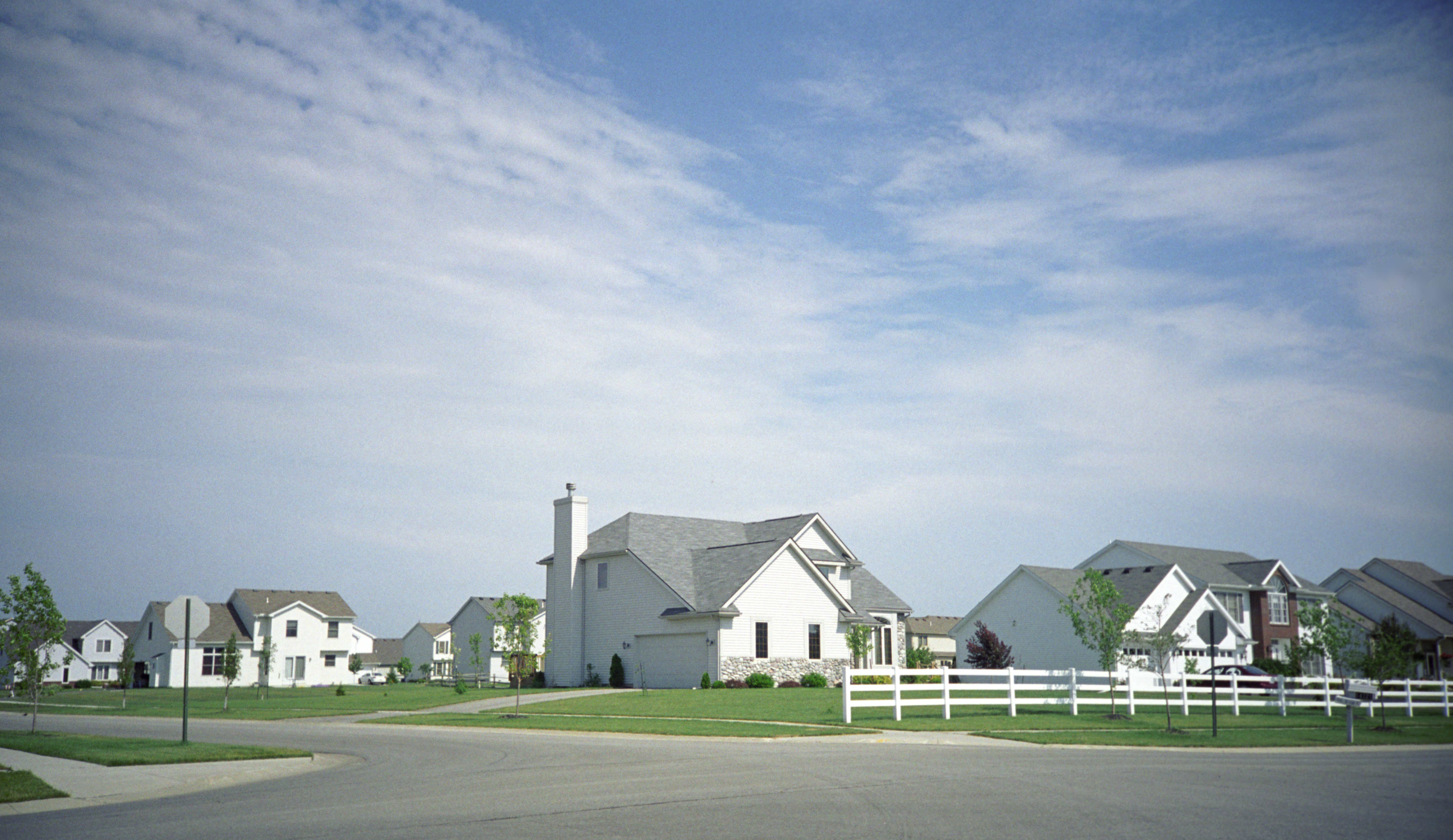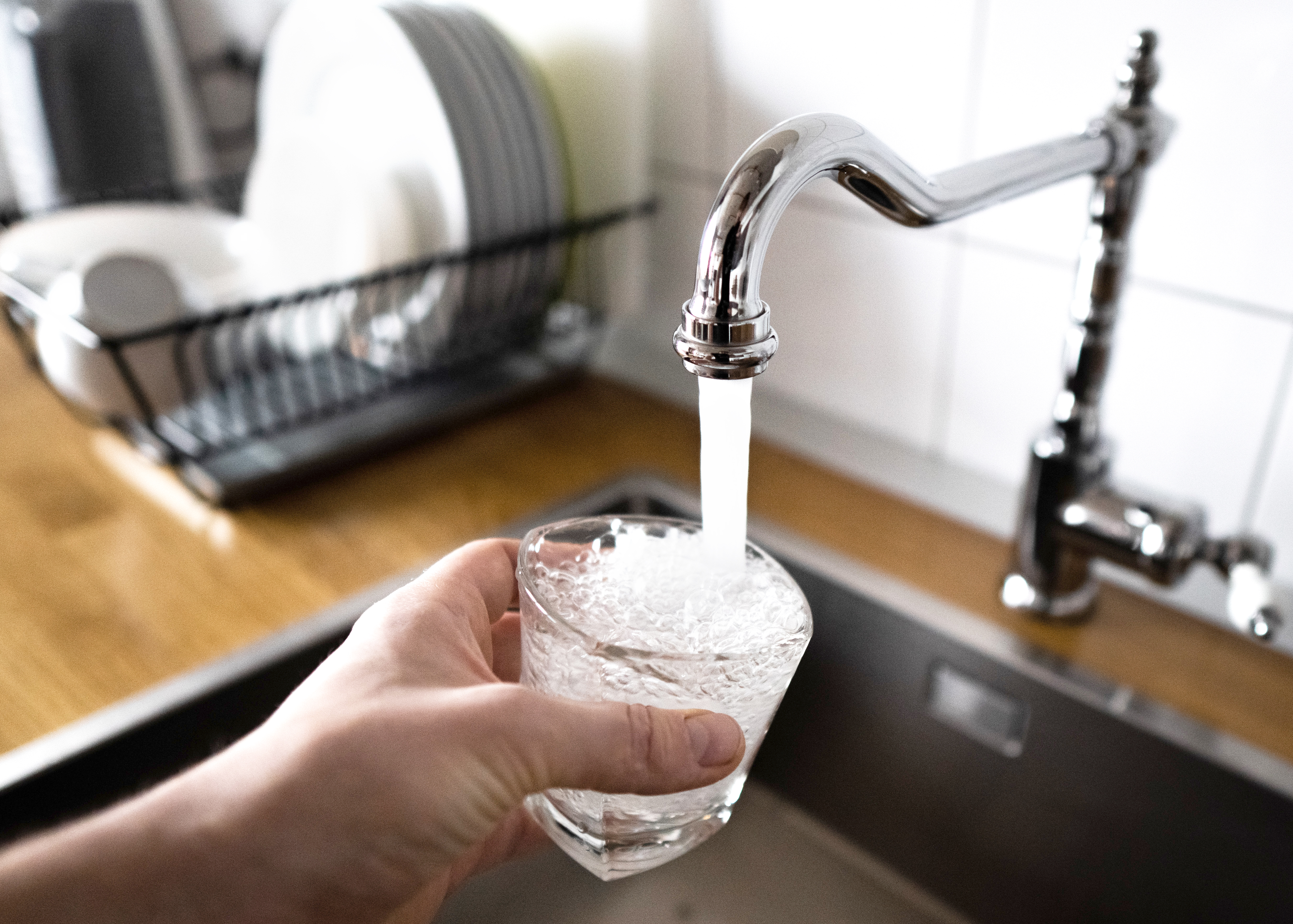
Discover the leading factors affecting your main water line replacement cost in Columbus, including length, material selection, and installation details.
Don’t go chasing waterfalls unless you’ve weighed all of your options


Waterfall faucets have a flat, wide stream of water.
Regular faucets have a controlled, condensed stream.
Regular faucets have more efficient and budget-friendly options.
Waterfall faucets add a high-end aesthetic to a home bathroom.
A waterfall faucet can give your bathroom an instant dose of luxury, but is it worth the price? Before swapping out the fixtures on your sink or bathtub, weigh the benefits of a waterfall faucet versus a regular faucet. This guide covers everything you need to know about these two fixtures.
Believe it or not, all bathroom faucets are not the same. Waterfall faucets and regular faucets have some clear differences. While waterfall faucets are desirable because of their high-end look, this spa-like feature has a slower flow, making washing your hands harder. They’re also more challenging to clean and install.
Regular faucets have a stronger and more consistent flow. They’re more practical, efficient, and affordable. There’s also an enormous range of options that suit any design style or budget. Luxury or designer models can cost more than your average waterfall faucet, but you could just as easily find something that costs less.
Whether you choose a waterfall or a regular faucet, a professional faucet installer can install your new fixture properly and elevate your bathroom design.


A waterfall faucet is just what it sounds like—the water flow mimics a natural waterfall. This type of faucet has a flat and wide spout that widens the stream compared to a traditional faucet. Some models have an open top, so you can see the water stream flowing over the faucet's edge. The common denominator is that the stream is flat and wide.
| Pros | Cons |
|---|---|
| High-end aesthetic | Higher cost |
| Streamlined, space-saving design | Slow flow |
| Can have extra features | Prone to buildup, mold growth, and leaks |
Best for:
Luxury sinks and spa-like bathtubs
Low-traffic bathrooms
Modern or contemporary style homes
The biggest draw of a waterfall faucet is its aesthetic. These faucets look notably sophisticated and luxurious. A simple upgrade like this can make your bathroom feel more like a spa, especially if you add extra features like color-changing LED lights or hand sprayers for the bathtub.
What you get in form, you sacrifice in function. Waterfall faucets are not the most efficient. The slow flow of water makes it harder to wash your hands, and you may need to use more water in the process. Filling a bathtub with a waterfall faucet can take an extremely long time.
Because of their design, waterfall faucets are prone to mold growth and buildup as water sits on the surface. They’re also harder to clean and install and cost more than traditional faucets.

A traditional faucet has a narrow spout that condenses the water flow, giving the stream a tube-like shape—similar to the spray of a garden hose without an attached sprayer nozzle. Most regular faucets have an aerator, which conserves water while providing a solid, steady stream.
Most homeowners choose between single- or double-handle faucets when shopping for a regular faucet. Certain bathtub faucets also come with an additional handle for a sprayer or diverter. Regular faucets are practical, but you don’t have to sacrifice style because there are many options, including designer models.
| Pros | Cons |
|---|---|
| Many budget-friendly options | Can look basic or boring |
| More practical and efficient | Large range of quality |
| Variety of styles and finishes | Can take up more countertop space |
Best for:
Primary bathrooms
Large bathtubs that benefit from higher-flow faucets
Homeowners who like to change up their design style frequently
Regular faucets are practical and efficient. They have a strong flow compared to a waterfall faucet, making filling a bathtub and washing your hands less time-consuming.
Regular faucets also offer the most variety. They’re available in a wide range of prices, faucet finishes, and styles—from freestanding and wall-mounted models to traditional two-handle and vintage-inspired models. You can find a regular faucet that suits any design style or choose a basic model that allows you to change up your style without touching your faucet.
Regular faucets have a wide range of quality. Lower-end models may be more affordable, but the life span of these faucets may be lacking. Affordable models may also look lower-end compared to a waterfall faucet, though you can find more decorative models at a higher price tag.
A local faucet installer can help you choose the best faucet for your bathroom, but consider the pros and cons of both options while shopping around. For example, think about whether practicality or luxury is more important to you before replacing your bathtub faucet. Here’s how waterfall faucets measure up against regular faucets in several categories.
Waterfall faucets have a sophisticated look. Aesthetically, they’re considered high-end compared to regular faucets. That said, plenty of regular designer faucets are on the market, too.
When it comes to design, waterfall faucets have a particular look that may not work with every style. It shines when it comes to minimalist, contemporary, or modern decor. If you need a specific look, choose a regular faucet because there are more options.
Regular faucets are the most practical. Waterfall faucets have a low flow, which means it takes longer to fill your bathtub, and you’ll probably spend more time washing your hands. Since they have a wider stream, many users accidentally splash more water than with a regular faucet.
That's not to say either faucet is particularly difficult to use. You can purchase waterfall or regular faucets with a single handle, which is easier to use than double handles. Alternatively, you can opt for a touchless model with a sensor.
Waterfall faucets are more difficult to maintain than regular faucets. Water can pool on the spout, leading to mold growth or buildup (especially if you have hard water). It can be challenging to get inside the faucet and clean the crevices. This type of faucet is also prone to leakage, especially among lower-end models. It may need more frequent repairs depending on the design.
Waterfall faucets are often more complicated to install, though it depends on the model. Since they’re prone to leakage, hire a pro who replaces faucets to install the gaskets, caulking, and threading properly. This type of sink needs a tight seal to prevent leaks.
That said, there’s no hard and fast rule. Some waterfall faucets for bathrooms are DIY-friendly. Some regular faucets are more difficult to install, especially wall-mounted faucets that require opening up drywall.
The average cost to replace a bathroom faucet is $170 to $360. A standard waterfall faucet can cost nearly twice as much as a traditional faucet of the same quality—and that’s before you factor in installation costs. Regardless, there are models for all budgets. A regular faucet can cost thousands if it’s designer, while an inexpensive waterfall faucet could cost a few hundred.
From average costs to expert advice, get all the answers you need to get your job done.

Discover the leading factors affecting your main water line replacement cost in Columbus, including length, material selection, and installation details.

Learn about main water line repair costs in Columbus and what affects pricing to be prepared before you start getting estimates.

Learn how much plumbers cost in Columbus, Ohio. Discover pricing for faucet repairs, pipe work, and emergency services, plus how you can save money.

Winter can be particularly harsh on your plumbing—from water heater issues to frozen pipes. As the weather gets chilly, use these tips to prepare your home and avoid a costly winter plumbing leak.

Slow drains and foul smells are telltale signs of a clogged plumbing vent. Find out how to unclog a plumbing vent without getting on the roof in this guide.

Frozen underground pipes can lead to costly damage to your home. Use this guide to learn how to safely thaw them, prevent future freezes, and protect your home from expensive water damage.